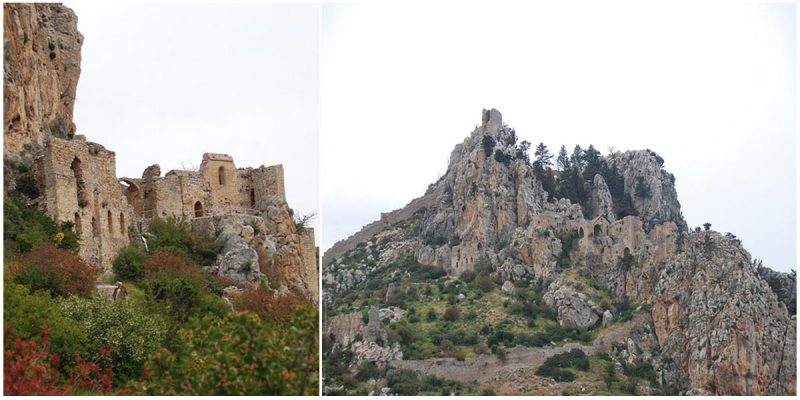The Saint Hilarion Castle lies on the Kyrenia mountain range in Cyprus. It is by far the most accessible, popular and most complete of the three magnificent castles in the Kyrenia mountains built by the Byzantines and Crusaders.
It is believed that the castle was named after the saint of the name St. Hilarion, a little-known hermit and monk from Palestine, although there is not adequate evidence available.

According to legend, he was extremely deaf and resilient to the shrieks of pagan demons that had been lurking and wondering about the mountain peak. Disgusted at their inability to make him go, they left the mountain in peace. During the 10th century a Byzantine chapel, monastery and later a fort grew around his tomb.
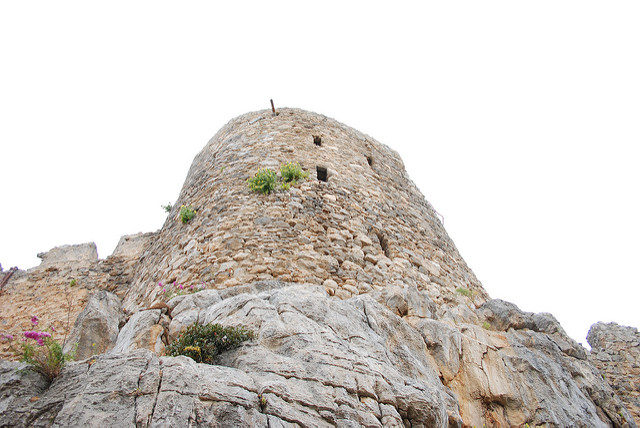
Starting in the 11th century, the Byzantines began to build fortifications. Saint Hilarion formed the defense of the island, along with the castles of Buffavento and Kantara, against Arab pirates raiding the coast.
Some sections were further upgraded under the Lusignan rule, who may have used it as a summer residence.
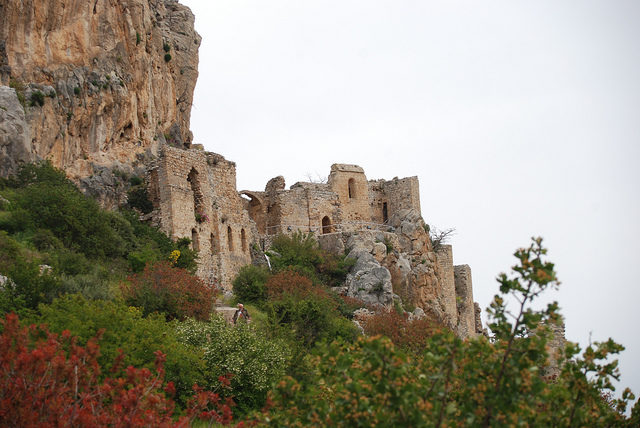
During the rule of the Lusignans, the castle was the focus of a four-year struggle between Holy Roman Emperor Frederick II and Regent John d’ Ibelin for control of Cyprus.
Especially after the invention of firearms and the increasing importance of defending the coastline, Saint Hilarion lost its functionality and importance along with the Kantara and the Buffavento castles.
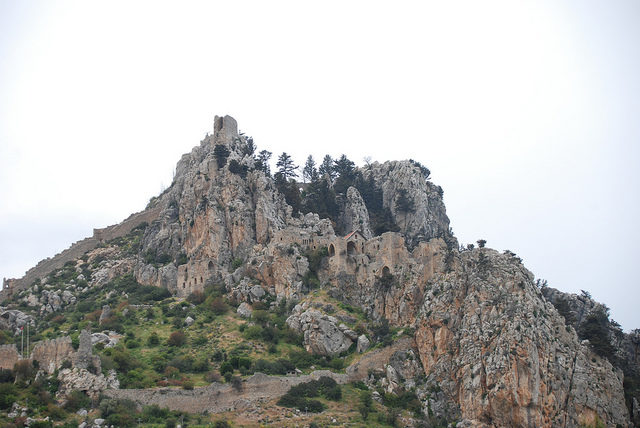
The castle has three parts or wards: the lower and middle wards served economic purposes, while the upper ward housed the royal family. The lower section of the castle was being used for the soldiers and the horses. The Prince John tower sits on a cliff high above the lower castle.
The middle section contained the royal palace, the kitchen, the church and a big cistern.
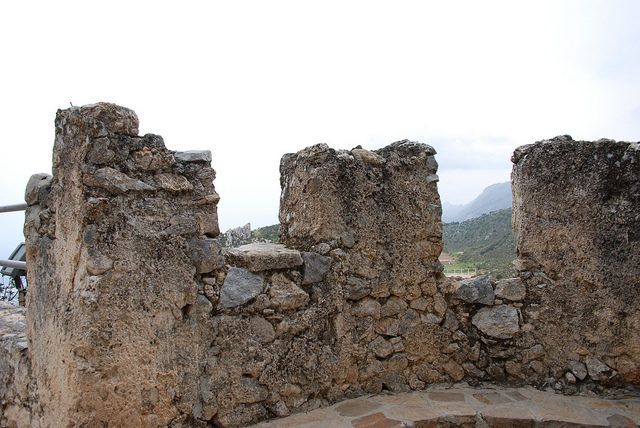
At the entrance to the castle in the upper section, there is a Lusignan Gate with a courtyard in the middle.
The nobility used to live in the Eastern section; the kitchen and the other rooms for daily use were in the western section. Along the western wall, there is a scenic view of the northern coast of Cyprus, overlooking the city of Kyrenia, from the Queen’s window.
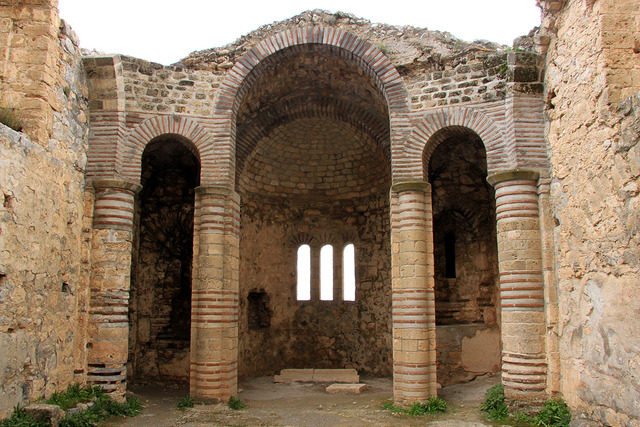
Much of the castle was dismantled by the Venetians in the 15th century to reduce the up-keeping cost of garrisons.

Dramatically sited on a rocky crag with elegantly ruined turrets, towers, and windows, it certainly fires the imagination and formed the template for both the fairy-tale castles of King Ludwig in Bavaria and Walt Disney’s Magic Kingdom.
